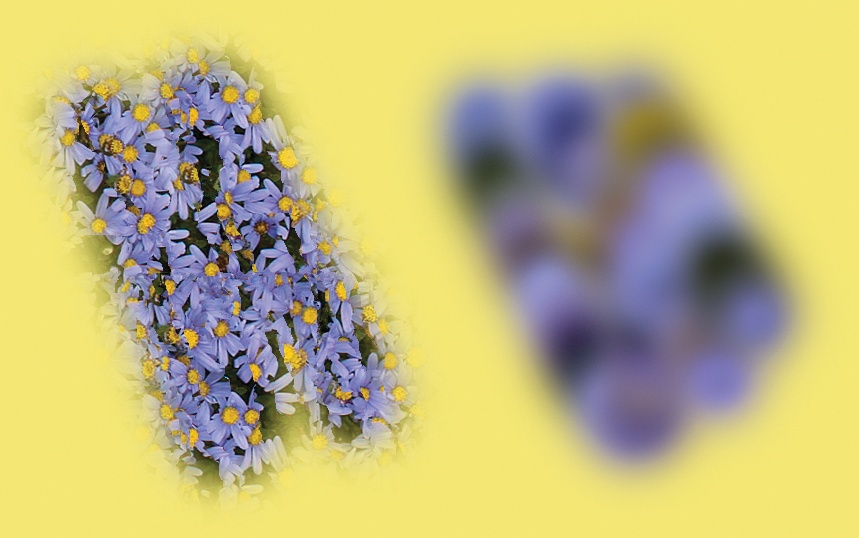Color Curves: Enhancing Tone and Contrast
If you hang around photo-editing veterans, you'll hear plenty of talk about how useful the Curves tool is. Contrary to what you might expect, Curves isn't a drawing tool. Instead, it works much like Levels (see Using Levels), but with many more points of correction. Adobe calls the Elements version Color Curves to remind you what it's for. Unlike Levels, in which you set your entire photo's white point, black point, and gamma settings, Curves lets you target specific tonal regions. For instance, Curves lets you make only your shadows lighter or only your highlights darker. Maybe that's why some pros say, "Curves is Levels on steroids." (For advice on when to use Levels and when to use Color Curves, see the box on Adjusting Levels: The Eyedropper Method.)
Note
In addition to the new dialog box design, Adjust Color Curves in Elements 6 has another less obvious but very important new feature: You can now use it on 16-bit images. See Processing Multiple Files to learn why that matters.

Figure 9-9. If you turn on Impressionist in the Options bar, your pattern is blurred, giving an effect vaguely like an Impressionist painting. Here, you can see a pattern put down with the regular Pattern Stamp (left) and the Impressionist stamp (right).
Elements' Color Curves tool is a fairly restricted version of its counterpart (just called Curves) in the full version ...
Get Photoshop Elements 6: The Missing Manual now with the O’Reilly learning platform.
O’Reilly members experience books, live events, courses curated by job role, and more from O’Reilly and nearly 200 top publishers.

